Date: 12,04,2023
Author: Aosion
.jpg)
This article mainly expands from the following aspects:
Raccoons are small in size, generally weighing only 7 to 14 kilograms, and are very cute. They love to live in wooded places around ponds and streams, and they have a very keen sense of touch. Raccoons hide during the harsh winter months. Raccoons are very particular about hygiene. Before they eat, they always wash their food in water. This good habit of hygiene is worth learning. Raccoons have powerful claws and can prey on aquatic animals such as fish and shrimp in fresh water. They are mischievous "little robbers". In North America, raccoons occasionally break into some residents' homes. They are very skilled in opening the refrigerator, unscrewing the lid of the sugar bowl, or digging out the cherry sauce in the pie on the table, and have a good meal, just like the owner of the house. The raccoon is so mischievous, as soon as it enters a resident's house, it will grope here and there, search here and there, and don't stop until it makes a mess of the whole house. The little raccoon is so naughty that people can't help laughing. Do you like this little animal?
According to our many years of experience, there are ten thousand reasons why people don't like certain animals. But if you like a certain animal, you only need one reason, and that is cuteness.
Speaking of raccoons, raccoons are remembered for their habit of washing their food before eating. I think it is necessary to explain to everyone that this is not because they are so clean, but because their eyesight is average, but the tactile nerves in their hands are exceptionally developed, and the number of tactile nerves is several times that of humans. When the paws are moistened with water, the feeling will be more sensitive. Therefore, the sense of touch is equivalent to the other pair of eyes of the raccoon, which can "see" whether the food is edible with the hands. It's a bit like when we see delicious food, we smell it with our noses. Delicious food is often full of color and fragrance. Funny story, the raccoons even wash marshmallows lol.
In the picture below, a raccoon washes out the marshmallow.
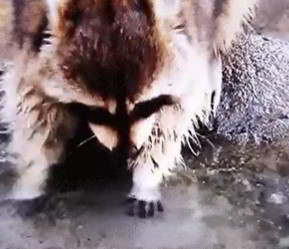
Native to North and Central America, raccoons are a very adaptable species. They are omnivores and opportunistic predators, in other words they eat what they have and are not picky eaters.
Raccoons living in the wilderness will find the fruits of plants to eat, dig out bird eggs, catch insects, catch small fish, catch frogs, and even hunt and kill small mice.
Raccoons living in the city will rummage for food in trash cans, and even enter people's homes to steal, rob and even snatch food.
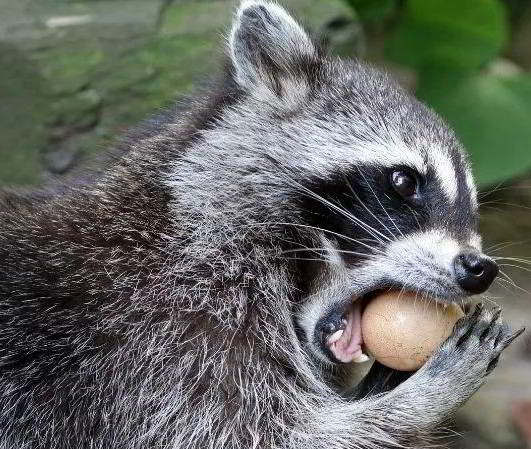
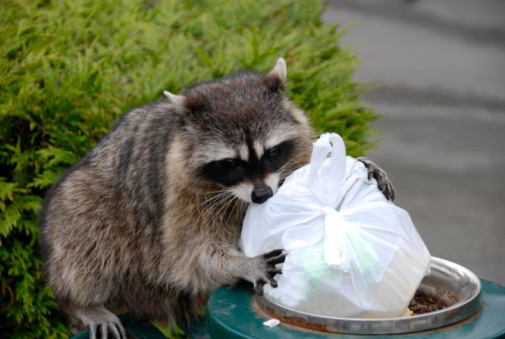
Raccoons were introduced into Germany as game animals in the 1920s and released into the wild. In the middle of the last century, they were introduced into Russia as fur animals, and were even released into the wild with the task of “improving animal populations”. With their super adaptability, raccoons have gradually established stable wild populations in Germany and Russia, and their numbers in Germany have soared.

Today, wild raccoons have been reported in at least 27 countries, and they have established stable breeding populations in even more countries. A study also predicted suitable habitats for raccoons in Europe by 2050 based on existing raccoon distribution sites and climate data in Europe.
In the image below, purple dots: existing raccoon distribution sites. Dark blue area: the predicted raccoon-friendly area in 2050.
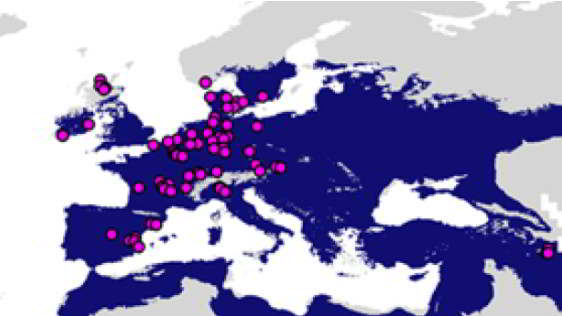
There is also such a scary news. On September 29, 2020, a box of goods arrived in Vietnam from the United States. When the Vietnamese staff opened the box, they found a mess inside, but soon found the murderer—a raccoon. It somehow got into the cargo box and persisted for 35 days across the ocean in a low temperature environment of minus 18°C. It can be seen from this that raccoons have strong adaptability and cold resistance. If they are not controlled, their populations will easily overflow.
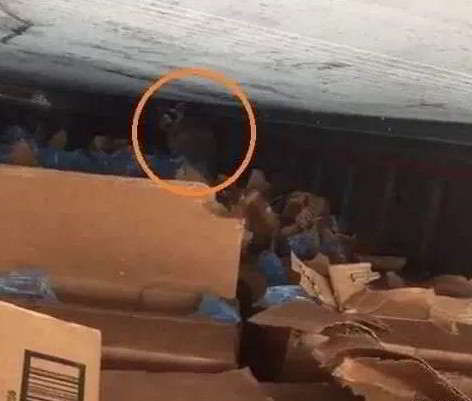
Raccoons may also be the host of some zoonotic diseases, spreading and infecting pathogens. Raccoons, for example, are carriers of rabies. In 2015, Canadian epidemiologists detected rabies virus in wild raccoons, and raccoons carrying rabies virus even chased and fought domestic dogs. Raccoons also like to scratch people, so don't touch raccoons in the wild with your hands, and try not to keep raccoons as pets.
For another example, in some parts of Canada, another contagious virus, canine distemper, has been circulating among raccoons. The virus attacks the nervous system of the raccoon, and after being infected, the raccoon will become sloppy, or become less afraid of people.
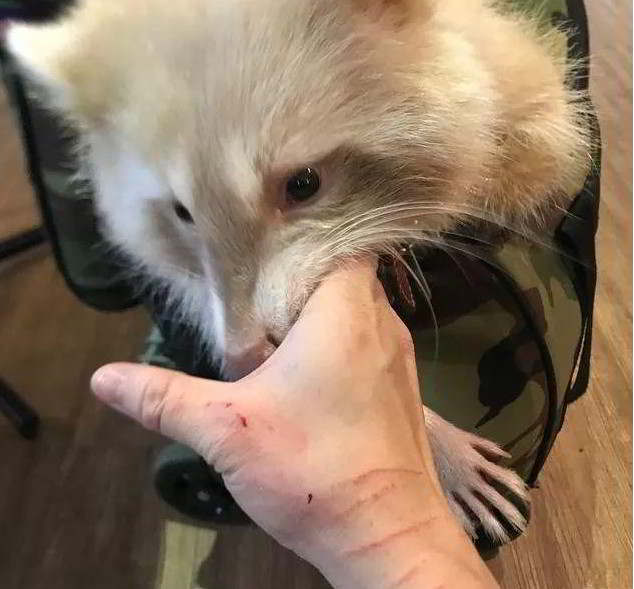
"Sliding door" raccoon
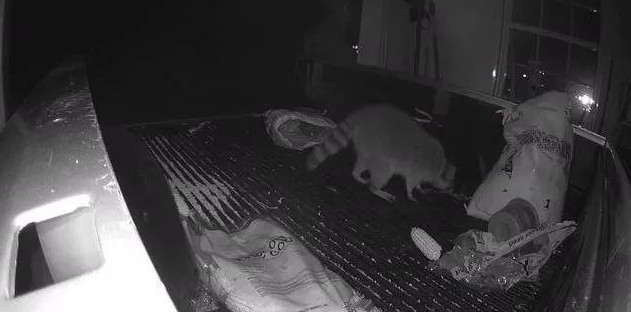
Canine distemper virus does not infect humans, but it can infect domestic dogs, wolves, foxes, and other mammals. This reminds me that at the end of the last century, on the East African savannah, 1/3 of the lions were killed by canine distemper. Scientists traced the source and found that the canine distemper virus of this pandemic came from domestic dogs, which transmitted the virus to spotted hyenas, which in turn transmitted it to lions.
Therefore, although raccoons are cute, don't be deceived by their appearance, just look at the pictures on the Internet.
Cuteness is real, and danger is also real.
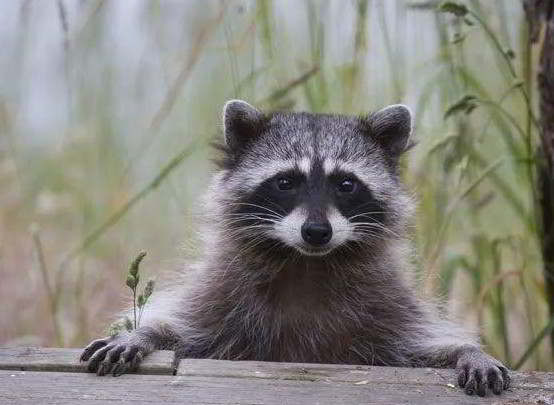
If your home garden is regularly infested by raccoons, how do you get rid of raccoons, don't injure or kill them, as local animal protection organizations and laws and regulations may not allow you to do so. An outdoor raccoon repeller is recommended here for a friendly expulsion of them. The ultrasonic raccoon repeller uses sensors to identify animals passing by, triggers ultrasonic waves or water guns or flashes, and drives raccoons away. In this way, it can be driven away without affecting normal human activities and without violating local regulations.
Click on the image for more information about the product.
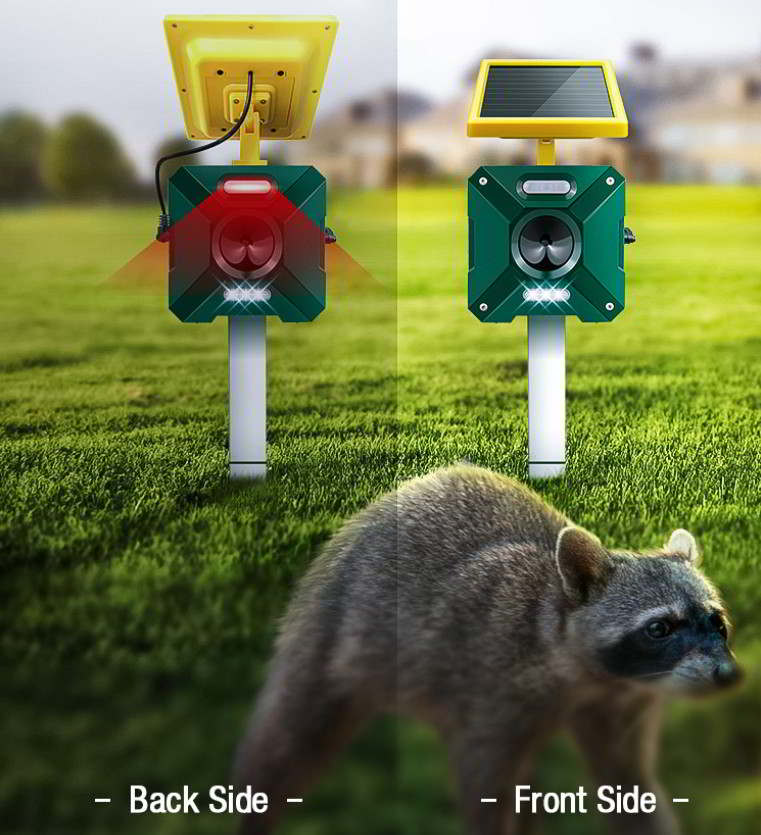
Main reference:
1.Salgado, Iván. Is the raccoon ( Procyon lotor ) out of control in Europe? [J]. Biodiversity & Conservation, 2018.
2.Louppe V , Leroy B , Herrel A , et al. Current and future climatic regions favorable for a globally introduced wild carnivore, the raccoon Procyon lotor[J]. Entific Reports, 2019, 9(1).
You might be also interested in the following articles:
Raccoon Repellent - What's the best way to get rid of raccoons?
Squirrel Repellent With These 6 Tips | Say Bye to Squirrels
A Great Hoont Animal Repeller | Multi 4-in-1!
Quit squirrels at bird feeders with this squirrel repellent | Wise & Efficient
Mole chaser Easy & Useful | No more moles, no more holes!
Subscribe to our newsletter to be kept abreast of our latest news, events and great deals.